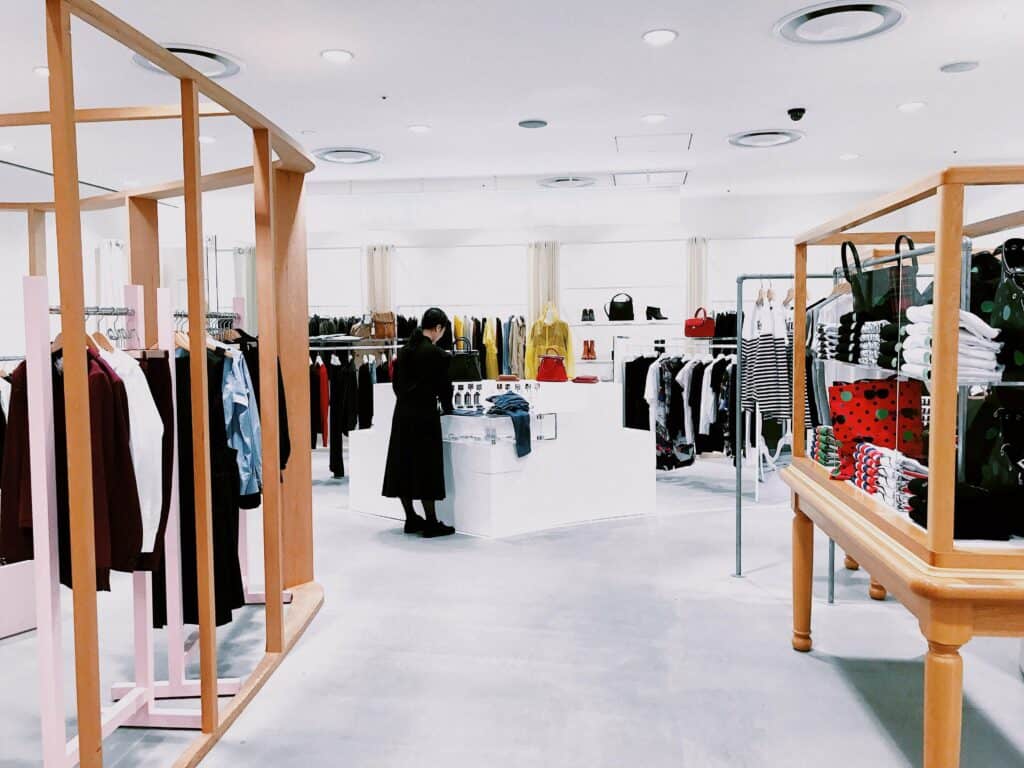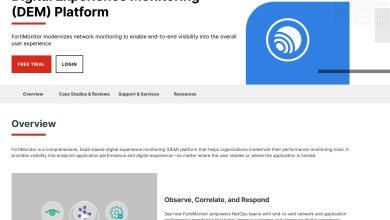
Security is a top priority for retail stores. Whether big or small, these stores face challenges from theft and even vandalism. Protecting a store isn’t just about keeping products safe, though. It’s about keeping customers and staff safe and maintaining the trust of those who shop there.
Keeping a space safe and secure has gotten much easier and effective due to changes in technology. Companies like Genetec are using the latest technology to keep places like apartment buildings, campuses, hospitals and even stores safer than ever. In this article, we will go over several of the factors to know about if you want to improve your store’s security.
1 – Physical measures
One of the best ways to deter theft is to have visible signs of security in a retail store such as surveillance cameras. Properly placed cameras can monitor every corner of the store, deterring potential thieves and capturing any suspicious activity. It’s essential to position these cameras at entrances, exits, and other critical areas to get a comprehensive view of the store’s activities.
Alarm systems add another layer of protection. When triggered, they can alert store personnel and local authorities to potential breaches. A well-maintained and regularly tested alarm system can ensure that theft is dealt with quickly.
One of the oldest physical deterrents is to have a security guard watching over the store. They not only monitor security feeds and respond to alarms but also patrol the store, assisting customers and addressing any immediate concerns. Their presence alone can often deter potential shoplifters.
2 – Digital measures
A primary vulnerability is the security of the Point-of-Sale (POS) system. This is where most transactions occur, and it’s a potential target for cyberattacks. Ensuring that the POS system is secure means using encrypted software, regularly changing passwords, and training staff to recognize signs of tampering or unauthorized access.
Every time a customer makes a purchase, they trust the store with their personal and financial details. You have to use secure networks, encrypted databases, and firewalls to ensure this data remains confidential. Any breach can not only lead to financial loss but also damage the store’s reputation.
It’s also vital to make sure that you’re always updating your software. Cyber threats evolve, and outdated software can have vulnerabilities that hackers can exploit. By staying updated, retailers can address these vulnerabilities and ensure their digital systems remain robust against potential threats.
3 – Access control
Only allowing certain people to access parts of the store is essential in creating a safe and secure environment. Sensitive areas, such as stock rooms, management offices, or places where financial transactions are processed, should have restricted access.
One effective method to manage access is through keycard systems. Unlike traditional keys, which can be easily duplicated, keycards offer a higher level of security. They can be programmed to grant access only to specific areas and can be deactivated if lost or stolen.
But it’s not just about controlling entry. It’s also essential to monitor and manage employee access levels. Not every staff member needs access to every part of the store or its digital systems.




